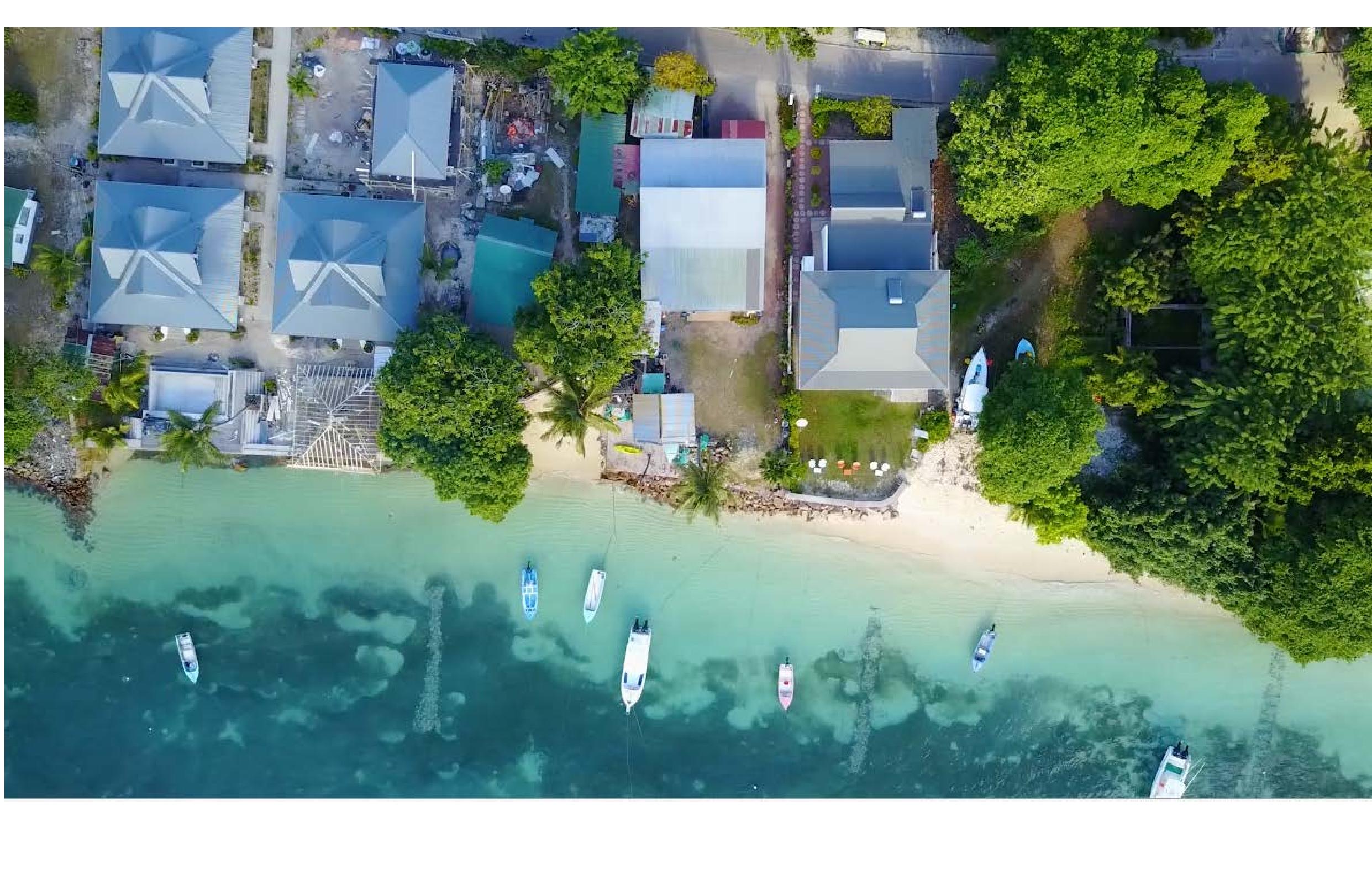Seychelles: beaches under threat

date: 16/01/2018
The beach at Anse Source d’Argent, with its crystal clear seas, golden sand and striking granite rock formations make it a must-see on many a traveller’s bucket list. But the beach - and the vital tourism income it brings to the island - is under threat. Lionel, along with other residents and businesses on the beach, has been forced to pile huge rocks in front of his house in an effort to slow the advancing ocean.
La Digue’s disappearing beaches are a symptom of sea level rise, caused by ocean warming as a result of climate change. Low-lying islands like the Seychelles are especially vulnerable, as extreme weather events like tropical cyclones combine with coastal erosion to create a perfect storm.
“Coastal erosion is major issue. If you go around most of our islands - even those that are undeveloped - you will find quite a lot of coastal erosion happening,” says Didier Dogley, the Seychelles Minister of Environment, Energy and Climate Change. “We also get storm surges and extreme climate events which lead to flooding, rock falls, landslides - all of which disrupt livelihoods.”
Tourism is one of the Seychelles’ main sources of income, accounting for more than 16 percent of GDP. But it’s not just tourism which is vulnerable to climate change, which is why the GCCA+ is investing EUR 2 million into climate adaptation and mitigation. Farmers – whose land is also threatened by sea level rise and unpredictable weather patterns – are already benefitting from GCCA+ funded projects.
“For farmers, the most important thing is water. If you don’t have water, there’s nothing,” says Keddy Nibourette, CEO of L’Union Estate. “We don’t get as much rain as we used to, and we also have sea level rise which causes salt water inundation, and that affects vegetable production.” He smiles and adds “Also, it’s hotter than before.”
The money provided through the GCCA+ has enabled engineers to drill boreholes to find fresh water and to design special dykes to protect the fields during high tides. And students from La Digue’s school have been planting trees along the shoreline to reduce the amount of sand being washed away.
“La Digue is still recovering from cyclone Felleng, which hit the Seychelles in 2013,” says Didier Dogley. “There was a lot of flooding and many businesses were badly affected. Thanks to the EU, we can at least be better prepared for these climate-related events.”
Like the video on Facebook:
Seychelles: https://www.facebook.com/europeaid/videos/1481697488572483/
By GCCA+ Facility
